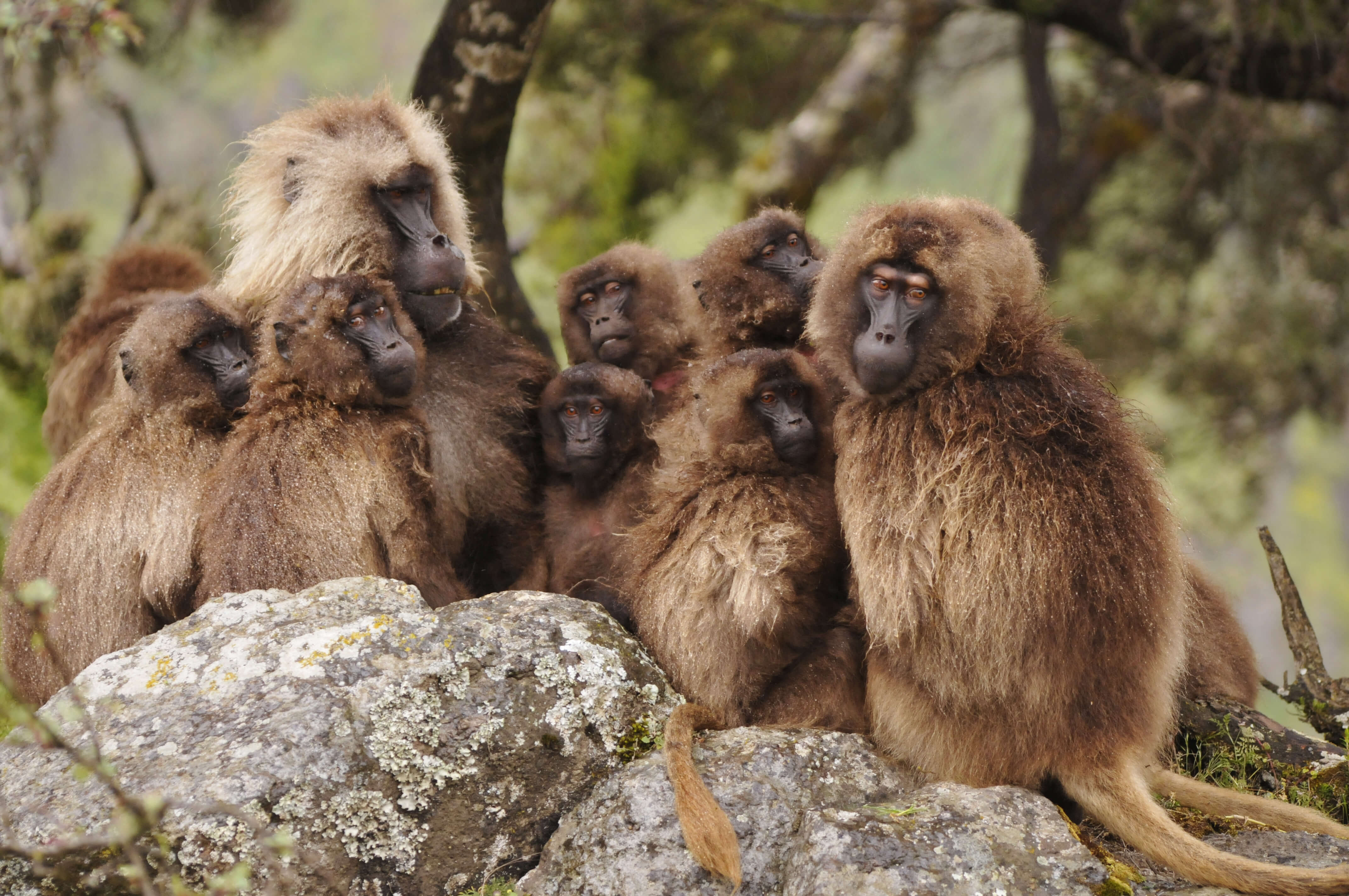The sounds that animals make are fundamentally different from the human language that makes it possible to speak and read. Did speech evolve from a feature known as swan that was observed in the Jelda monkeys? Watch the video and don't forget to turn on your speakers

By: Yonat Ashchar and Noam Levithan
One of the philosophical meanings of Darwin Wallace's theory of evolution is the dispossession of humans from the place where they actually never were - the place of the crown and the cause of creation. This meaning clarified our deep connection to all animals, and living things in general, around us.
Yes, we have traits that are unique to us (like any other biological species), but all of these traits have buds and parallels, even if somewhat different, in our relatives. For example, we can move our fingers with more agility and precision than any other primate, but it is easy to see that our hands evolved from the same source from which the hands of monkeys and apes evolved.
>> Galileo magazine as a gift! Click here to receive the benefit
origin of the language
In the last decades, many studies, mainly on monkeys and apes, have shown that what was previously considered the exclusive property of humans, such as the use of tools, is also found in its basic form in other animals. But there is one area in which we are very different from all animals, even those closest to us. The difference is so great that there is a heated debate about how this feature developed - it is not at all clear what its equivalents are in monkeys and apes. It is this feature that allows us to speak, and for you to read the words we write: the language.
Of course, many animals communicate with each other using sounds. Dogs bark, horses frolic, and we personally know a few cats who are rarely silent. But the sounds that animals make are fundamentally different from human language, both in terms of complexity and usage. Vocal communication between animals does not show features of syntax, which are found in all human languages, and there are very few examples (which are still in dispute) of sounds indicating certain objects, as opposed to sounds made in response to fear, excitement, etc. Animal vocalizations usually also do not show geographic variation like that of humans.
For these reasons, many researchers believe that the form of communication from which human language developed is not voice communication at all, but body gestures (including hand movements) or facial expressions. Studies have shown that the body gestures of chimpanzees, for example, tend to show more geographic variation and complexity than the sounds they make. Other researchers hold the opinion that the origin of the language is voiced after all.
More on Galileo:
* Dietary fiber against stroke
* Will we be able to turn waste paper into environmentally friendly fuel in the future?
A recent study published in the journal Current Biology provides new evidence supporting the first approach. One of the most common facial expressions among monkeys and apes is a lip blink: a rapid opening and closing of the mouth for a few seconds. It is a friendly gesture, usually done when two individuals approach each other for the purpose of playing or grooming (grooming actions that animals, especially primates, do to each other). In most species of monkeys and great apes, no sound is made during lip blinking. Nevertheless, this gesture has attracted the attention of researchers interested in the origin of language, since the movements of the lips are similar in shape to the movements we make when speaking. In contrast, when monkeys make sounds, they usually do not move their lips or tongue.
Thor Bergman (Bergman) from the University of Michigan in the United States studied gelada monkeys (Theropithecus gelada) - large and spectacular looking monkeys that live in the Ethiopian steppes. Jelda monkeys live in large groups, and unlike most monkey species spend their time on the ground. The special thing about these monkeys is that when they blink their lips, they make a sound, which Bergman calls Wobble or Birbur. This sound differs from other monkey sounds in that it is produced by moving the lips, similar to human speech. The frequency analysis of this voice also shows a great similarity between it and the characteristics of speech. The birbor is unique to the Jelda monkeys and does not even appear in their closest monkey species, the baboons.
Is speaking the first step in language development? No one thinks that the Jelda monkeys may develop a complex and sophisticated language in the foreseeable future, but the fact that they not only make sounds in addition to the blinking of the lips, but that these sounds are so similar to speech sounds, strengthens the theory that our language developed not from the vocal communication common among our relatives, but from the addition A voice for a common facial expression. The way to the wonderful complexity of human language may have been opened before us when we learned to make a sound and move our lips at the same time.
Watch the babbling and lip smacking:
